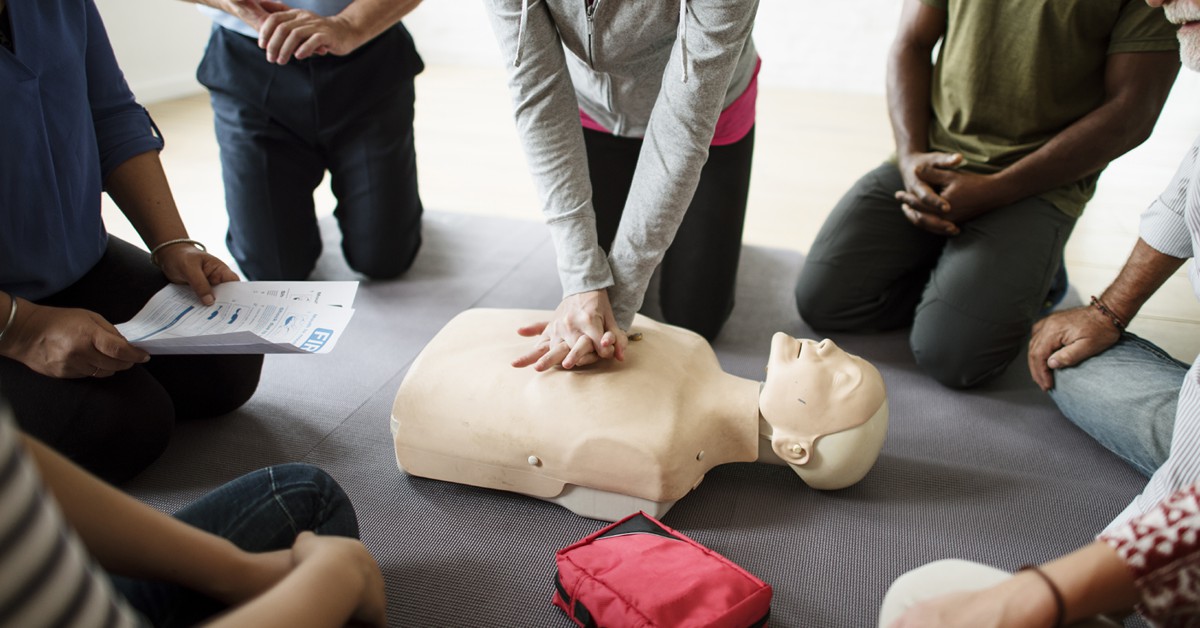


 349,500 Offered Certificates
349,500 Offered Certificates
 24/7 Online Training
24/7 Online Training
 Money Back Guarantee
Money Back Guarantee
 Fully Accredited Courses
Fully Accredited Courses

Created at: 25-02-2025 17:48
In today's fast-paced work environment, the necessity for immediate and effective response to injuries and emergencies is paramount. First Aid and CPR training are not just valuable skills; they are essential tools that empower employees to act confidently in critical situations. This blog post will delve into the importance and benefits of First Aid and CPR training, with a focus on enhancing workplace safety, emergency preparedness, and compliance with health regulations.
First Aid refers to the immediate assistance provided to someone who is injured or ill. CPR (Cardiopulmonary Resuscitation) is a life-saving technique used in emergencies when someone's heartbeat or breathing has stopped. Obtaining a First Aid Certification equips employees with vital emergency medical response skills that can potentially save lives.
CPR is one of the most critical emergency first aid skills. It can make the difference between life and death in situations involving cardiac arrest. Key CPR techniques include:
Compliance with local health regulations often mandates that workplaces have a percentage of certified first aid responders. By ensuring that your organization meets these requirements, you not only enhance the safety of your employees but also protect your organization from potential legal issues.
When considering a First Aid Course, it is important to find one that meets your specific workplace needs. Some factors to consider include:
For those busy workplaces, online First Aid training can be a convenient option. However, there are advantages and disadvantages to both methods:
Investing in First Aid and CPR training is not just a compliance measure; it’s a commitment to creating a safer workplace for everyone. With the knowledge and skills gained from a comprehensive Emergency First Aid Training Course, employees will feel empowered to act in emergencies, effectively reducing injury risks and enhancing overall workplace safety.
Don’t wait for an emergency to see the value of First Aid training. Enroll in a certified First Aid & CPR training course today, and ensure your team is prepared for any situation. For more information, please contact us at [email protected].